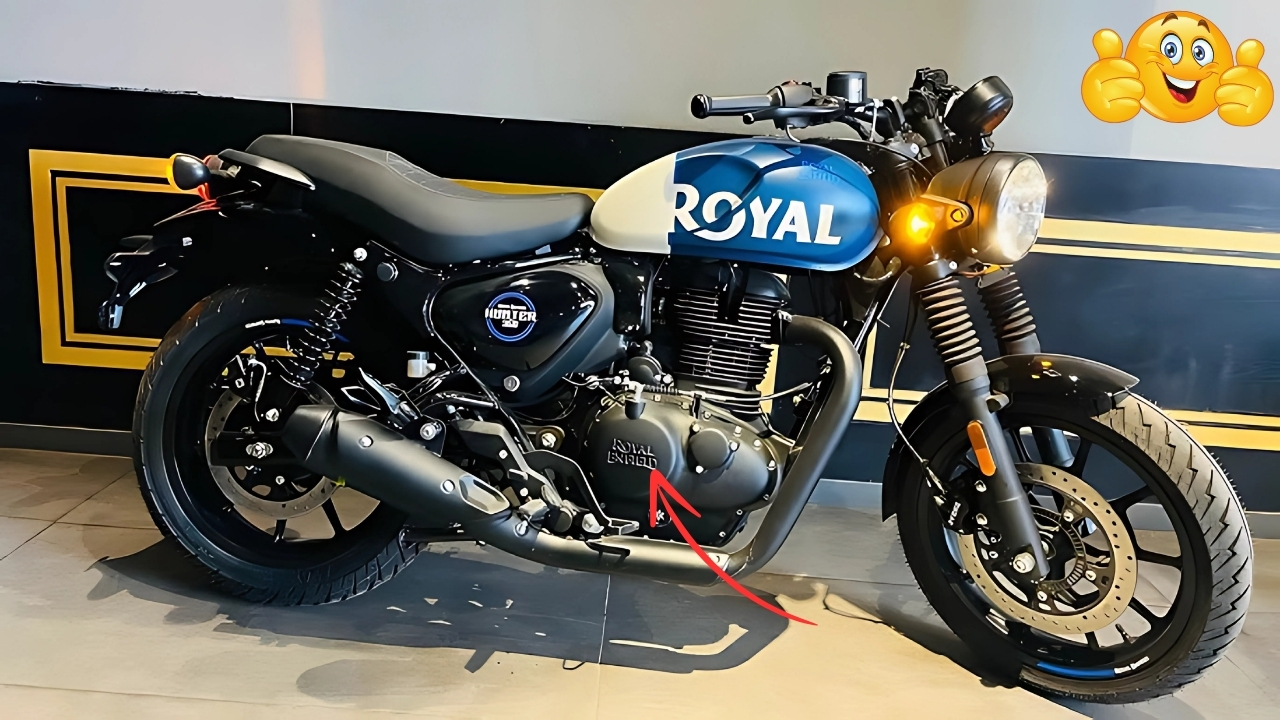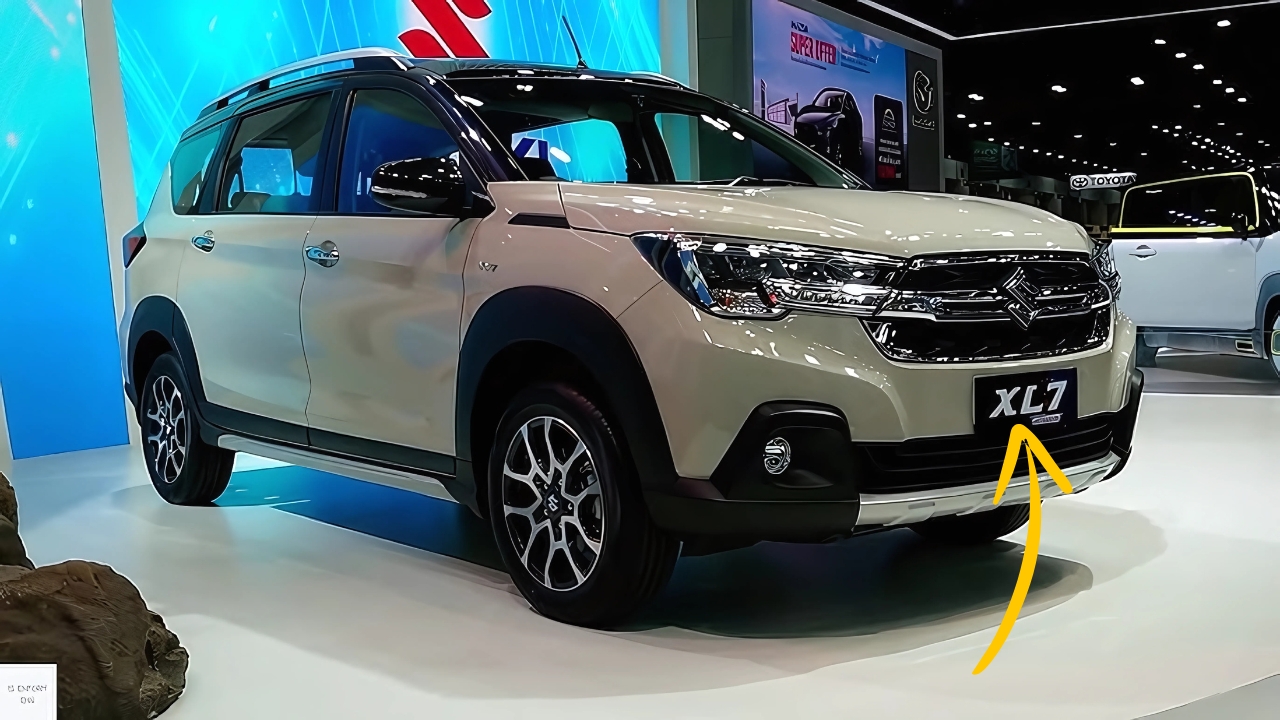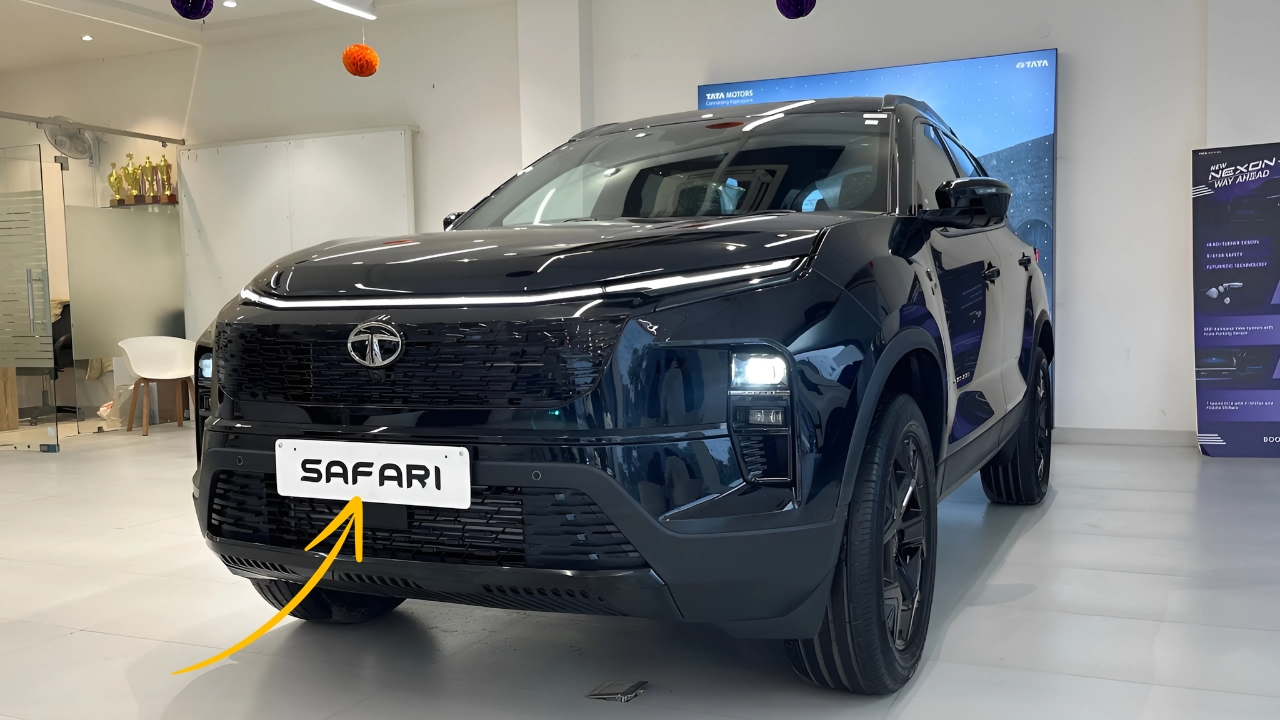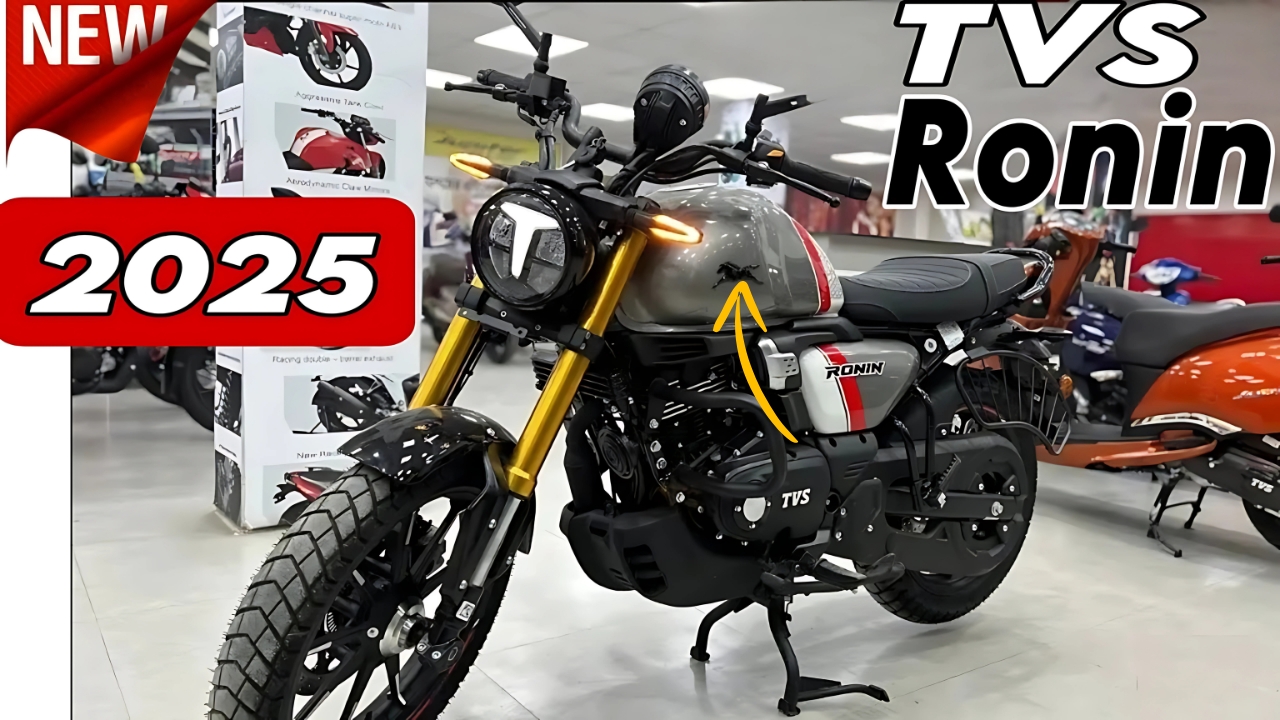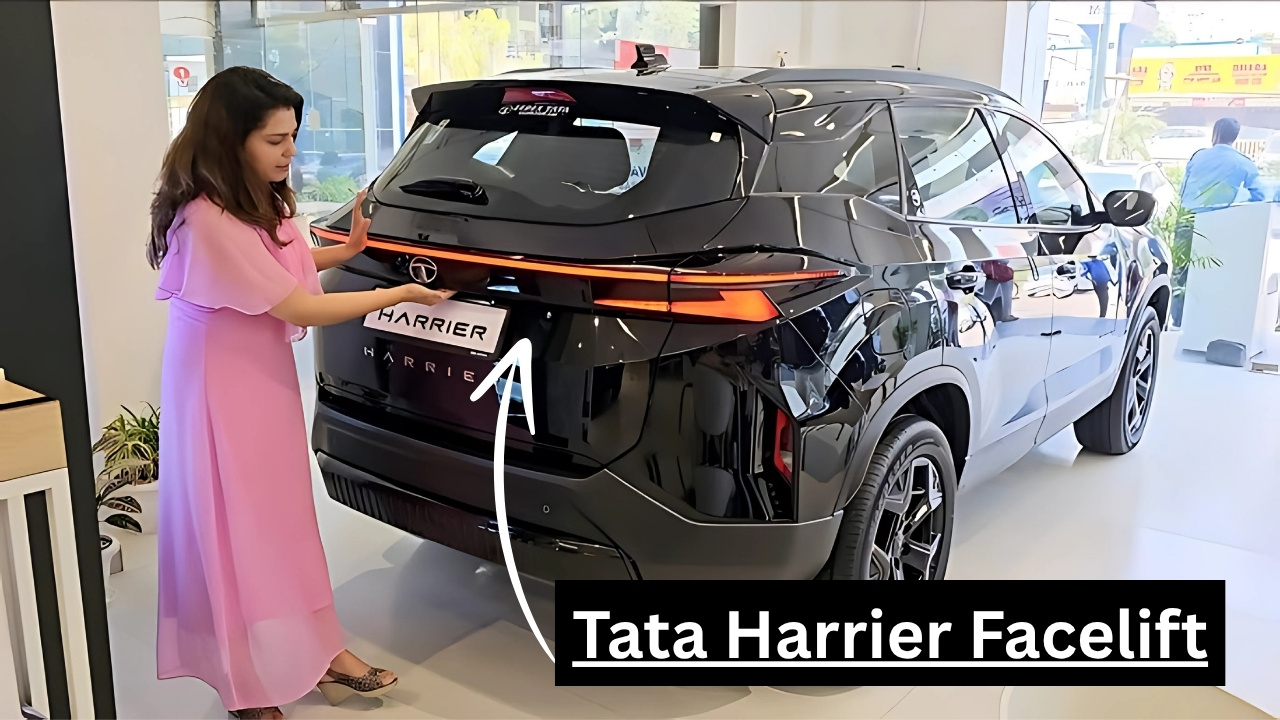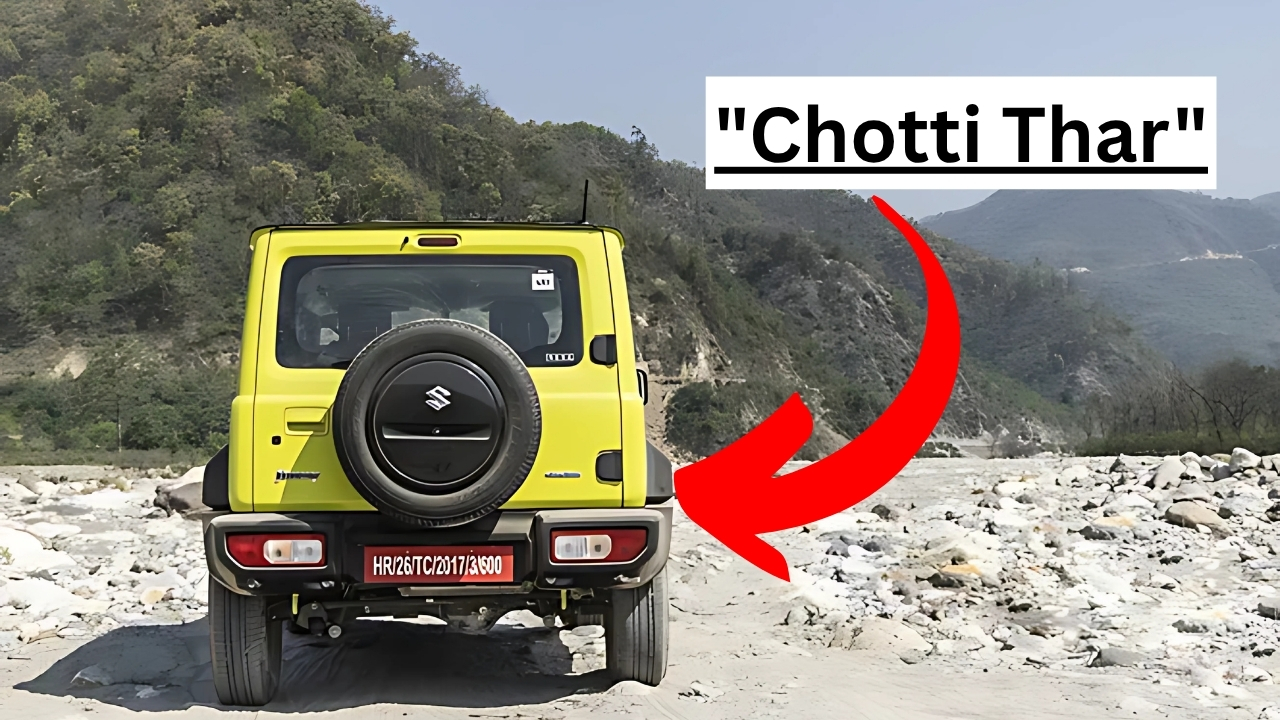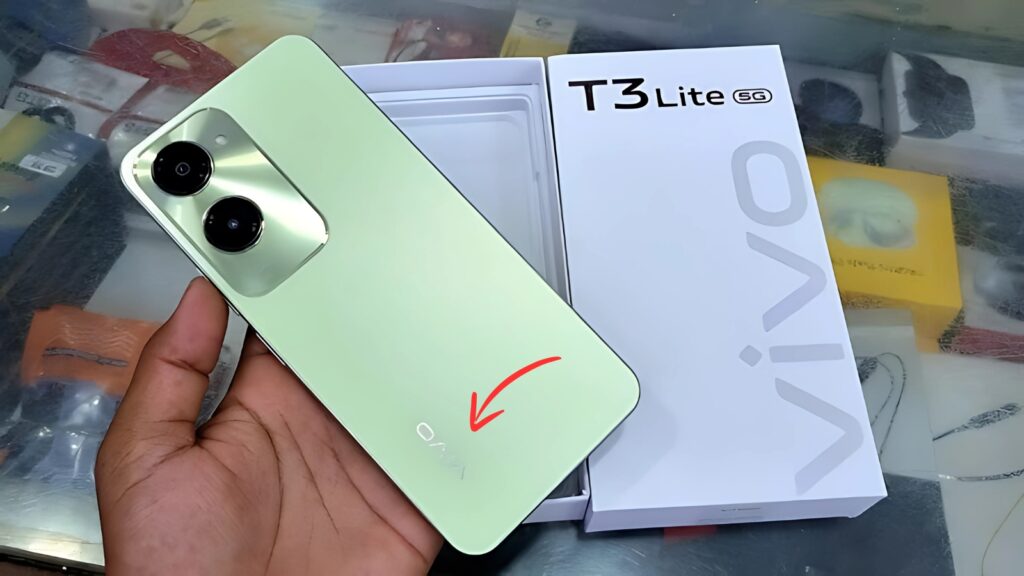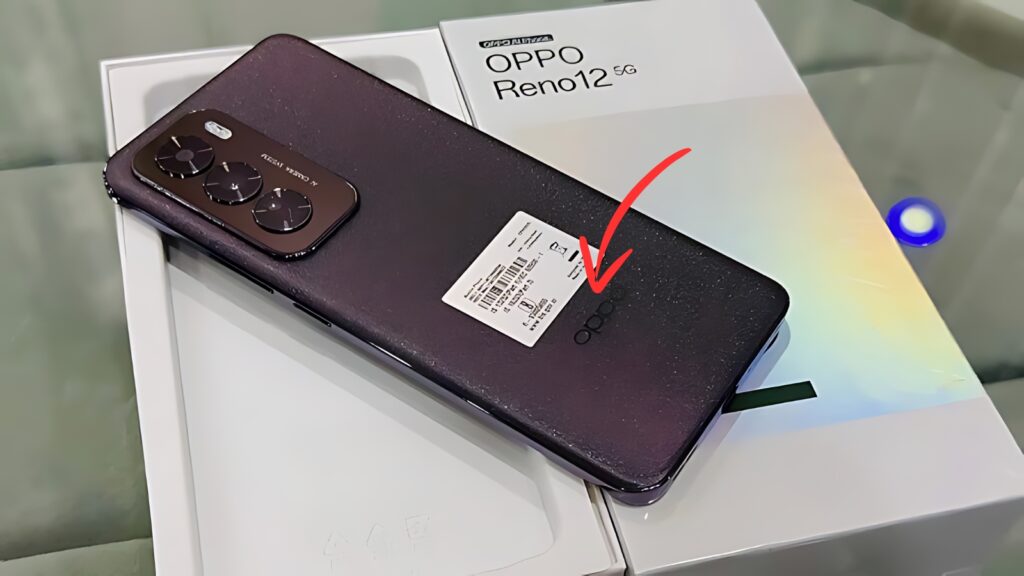Royal Enfield Hunter 350: In the evolving landscape of India’s motorcycle market, few brands carry the historical weight and emotional resonance of Royal Enfield.
For generations, these motorcycles have represented a distinctive approach to two-wheeled mobility—one that prioritizes character and experience over mere specification achievements.
The Hunter 350 emerges as a particularly significant addition to this storied lineup, representing not merely another displacement variant but a fundamental rethinking of how Royal Enfield’s heritage can be reinterpreted for contemporary urban riders seeking authentic experiences without the traditional compromises associated with the brand.
Royal Enfield Hunter 350: The Historical Context
To appreciate the Hunter 350’s significance requires understanding Royal Enfield’s trajectory over the past decade.
Following the introduction of the Continental GT in 2013 and the transformative Himalayan in 2016, the brand embarked on an ambitious product development strategy centered around the 650 Twin platform.
These upmarket offerings expanded Royal Enfield’s appeal beyond its traditional heartland while establishing global credibility through sophisticated engineering and contemporary performance.
This upmarket expansion created opportunity for a complementary strategy—one that would make Royal Enfield’s distinctive character accessible to riders who found the traditional models either too heavy, too expensive, or too maintenance-intensive for practical urban use.
The Hunter 350 addresses this market gap through thoughtful engineering that maintains core brand values while eliminating historical compromises that limited appeal beyond devoted enthusiasts.
Design Philosophy: Heritage Reimagined
The visual design of the Hunter 350 demonstrates remarkable restraint through clean lines and purposeful minimalism that reference classic motorcycling without resorting to excessive vintage styling cues.
The rounded tank maintains family resemblance while its compact proportions create a more nimble visual profile.
The single-piece seat with modest upswept rear section nods to café racer tradition without compromising two-up practicality—a thoughtful balance between style and function.
Most notably, the Hunter avoids the excessive chrome and ornamentation that characterized earlier Royal Enfields, instead employing modern finishes appropriate to its urban positioning.
The blacked-out engine cases and exhaust on certain variants communicate contemporary attitude, while the cast aluminum wheels on the Metro variant provide both practical advantages and visual distinction from the more traditional spoke-wheeled models in the lineup.
Color options demonstrate similar thoughtfulness with selections that range from restrained classic schemes to more vibrant contemporary options.
The “Dapper Ash” gray with subtle graphics offers understated sophistication, while the “Rebel Red” provides eye-catching character without appearing juvenile or trendy.
This range acknowledges the diverse motivations that draw riders to the modern classic segment—from those seeking timeless understatement to others wanting more distinctive self-expression.
Engineering Foundation: Accessible Performance
The mechanical architecture of the Hunter 350 combines proven Royal Enfield elements with significant refinements focused on accessibility and everyday usability.
The J-series 349cc single-cylinder engine—shared with the Meteor and Classic 350—delivers 20.2 horsepower and 27 Nm of torque through a 5-speed transmission.
While these figures appear modest compared to performance-oriented competitors, they reflect a fundamental understanding that character and delivery matter more than maximum output in this segment.
The engine’s long-stroke design provides substantial torque from low RPM—a characteristic that transforms urban riding through accessible power without requiring constant gearchanges or high-revving operation.
The counterbalancer reduces vibration without eliminating the distinctive pulse that defines single-cylinder character, creating a more refined experience without sanitizing the fundamental appeal of this engine configuration.
Most significantly, the chassis design represents a substantial departure from traditional Royal Enfield practice.
The Harris Performance-developed frame reduces weight while improving handling precision through optimized geometry specifically developed for urban environments.
The 17-inch wheels (versus the 19-inch front on most Royal Enfield models) provide quicker steering response and broader tire options, while the reduced trail measurement creates more immediate handling without compromising stability at speed.
The combination of the familiar engine with this more responsive chassis creates a motorcycle that feels distinctly Royal Enfield in character while eliminating the heaviness and somewhat ponderous handling that characterized earlier generations.
This transformation addresses perhaps the most significant practical objection that prevented many potential customers from considering the brand, creating a gateway model that delivers authentic experience without traditional compromises.
Technical Specifications and Features
| Feature | Specification |
|---|---|
| Engine | 349cc air-oil cooled single-cylinder J-series |
| Power | 20.2 bhp @ 6100 rpm |
| Torque | 27 Nm @ 4000 rpm |
| Transmission | 5-speed constant mesh |
| Frame | Twin downtube spine frame |
| Front Suspension | 41mm telescopic forks, 130mm travel |
| Rear Suspension | Twin tube emulsion shocks with 6-step preload adjustment |
| Front Brake | 300mm disc with dual-piston floating caliper |
| Rear Brake | 270mm disc with single-piston floating caliper (Metro), 153mm drum (Retro) |
| ABS | Dual-channel (Metro), Single-channel (Retro) |
| Wheels | 17-inch cast alloy (Metro), 17-inch spoked (Retro) |
| Tires | 110/70-17 (front), 140/70-17 (rear) |
| Seat Height | 800mm |
| Ground Clearance | 150.5mm |
| Wheelbase | 1370mm |
| Fuel Capacity | 13 liters |
| Kerb Weight | 181 kg (Metro), 178 kg (Retro) |
| Fuel Efficiency | Approximately 36.2 km/l (ARAI certified) |
| Colors | Dapper Ash, Rebel Red, Rebel Blue, Factory Black, Factory Silver |
Riding Experience: Urban Confidence
The riding position of the Hunter 350 reveals careful consideration of both ergonomic fundamentals and intended usage patterns.
The moderately rear-set footpegs and slightly forward-leaning handlebar position create a sporty stance without forcing an extreme posture that would compromise comfort during extended urban use.
The narrow midsection allows easy foot placement at stops—a significant benefit during city commuting that often involves frequent stops in traffic.
Seat comfort demonstrates similar practical awareness through foam density and contour that supports longer journeys while maintaining a manageable 800mm height that accommodates a wide range of rider statures.
The passenger accommodation proves genuinely functional rather than merely symbolic, with adequate space and appropriate padding for comfortable two-up riding—an important consideration in the Indian market where motorcycles often serve as family transportation.
The handling characteristics provide perhaps the most significant departure from traditional Royal Enfield models.
The reduced wheelbase (1370mm versus the Classic 350’s 1390mm) combined with the 17-inch wheels creates substantially quicker steering response that transforms urban maneuverability.
The lighter overall weight (181kg for the Metro variant) further enhances this agility, making the Hunter significantly more accessible to newer riders or those of smaller stature who found traditional Royal Enfields intimidatingly heavy.
Braking performance similarly acknowledges practical urban requirements through the 300mm front disc with dual-piston caliper that provides confident stopping power without requiring excessive lever force.
The inclusion of dual-channel ABS on the Metro variant delivers additional safety margin in unpredictable urban conditions where sudden obstacles or variable surfaces can challenge even experienced riders.
Key Points About the Royal Enfield Hunter 350
-
Accessible Heritage – Delivers authentic Royal Enfield character in a more approachable package
-
Urban-Focused Chassis – Quicker handling and reduced weight transform city maneuverability
-
Modern Classic Styling – Clean design references heritage without excessive vintage ornamentation
-
Economical Operation – Fuel efficiency exceeding 36 km/l reduces ownership costs
-
Genuine Two-Up Capability – Practical passenger accommodation unusual in the styled segment
-
Contemporary Technology – Dual-channel ABS and digital-analog instrument cluster blend modern safety with classic aesthetics
-
Customization Potential – Extensive accessory catalog enables personalization while maintaining warranty coverage
-
Evolved Refinement – Reduced vibration and improved finish quality address historical Royal Enfield criticisms
Market Impact: Expanding Horizons
The Hunter 350’s introduction carries significance beyond its individual merits through its potential to fundamentally expand Royal Enfield’s customer base.
By addressing the primary practical objections that prevented many urban riders from considering the brand—weight, handling, and refinement—without compromising the core character that creates emotional connection, Royal Enfield has created a genuine gateway model that could transform brand perception among younger and urban-focused demographics.
This approach acknowledges the changing dynamics of motorcycle purchasing decisions, particularly in Royal Enfield’s crucial Indian market.
As functional transportation increasingly gives way to lifestyle expression and recreational enjoyment, the emphasis shifts from pure specification value to character and experience.
The Hunter delivers these experiential qualities without the practical compromises that limited the appeal of traditional models among pragmatic urban buyers.
Royal Enfield Hunter 350
The Royal Enfield Hunter 350 stands as a compelling example of how thoughtful engineering focused on specific user needs can expand brand relevance without abandoning core values.
By maintaining the distinctive character that defines Royal Enfield while addressing historical limitations through contemporary chassis design and refined execution, the Hunter creates a new entry point to the brand that feels authentic rather than compromised.
For urban riders seeking distinctive character beyond homogeneous modern motorcycles but unwilling to accept the practical compromises of vintage machines, the Hunter offers a particularly balanced proposition.
The combination of accessible handling, authentic single-cylinder experience, and contemporary reliability creates a motorcycle that works as practical daily transportation while delivering the emotional satisfaction that defines motorcycle culture beyond mere mobility.
As motorcycle markets globally navigate the complex transition toward new propulsion technologies and changing usage patterns, models like the Hunter 350 play an important role in maintaining enthusiasm for the fundamental motorcycle experience.
By focusing on the essential qualities that create riding enjoyment—character, sound, handling—rather than specification extremes or technological novelty, Royal Enfield has created a motorcycle that celebrates the timeless appeal of simple two-wheeled enjoyment.
This approach acknowledges that for many riders, motorcycles represent more than transportation—they embody a distinctive approach to experiencing the world that emphasizes engagement over isolation, character over convenience.
By making this experience more accessible through thoughtful engineering, the Hunter 350 potentially expands motorcycle culture itself rather than merely competing for existing enthusiasts, representing Royal Enfield’s most significant contribution to motorcycling’s future while honoring its past.
